Your Cart is Empty
Luggage
Apparel
events
The Mosko Blog
The Last US Bag Company
March 30, 2022
The Last US Bag Company
November 14, 2013
This week we met with “The Last U.S. Bag Company” in Hemlock, WA. Never heard of Hemlock? Me neither, and I live 30 minutes away. We were pretty excited to find out that The Last US Bag Company is located right in our backyard.
I called LUBC and had a nice chat with the owner, Will. He invited us to tour their facility in Hemlock, where they recently converted an old seed mill into a cut & sew facility. Will is very knowledgeable on the topic of US versus overseas production, as well as all things related to manufacturing bags. He has adapted to a changing world by establishing lots of overseas contacts so he can serve as both a US factory and also a sourcing agent. The strategy seems to be working, he’s busy. So busy that it might be hard for him to take on this new project.
Embroidery machine
Rotary hot air welder (for drybags)
I’m learning that it’s hard to find skilled sewers in the US. And even if you can find the sewers and they have time for your project, it’s even harder to find parts and materials because all the fabric mills and suppliers are overseas. So even if we find a domestic factory which can produce our bags, we still face limitations with respect to fabrics and materials. Will suggested the possibility of a “hybrid” approach, with individual panels being made overseas and then final assembly here in the US, so that is something we’ll consider.
If we want the bags in stock and ready to ship by May 2014 then we don’t have much time left to find a factory. We’re feeling the pressure.
Pannier
We got our third round pannier prototype back and from a functionality standpoint, we like it. The beavertail works well and so do the molle panels. We’re ready to think more seriously about fabric. Looking at the bag on Andre’s KLR, however, we still feel the size is large. We’re leaning toward two different sizes: one for extended trips and larger bikes, and one for shorter trips and smaller bikes.
Here’s the pannier with molle fuel canister holders on the bottom, a molle hydration pouch on the front, and a roll top pocket for tools/tubes on rear.
The beavertail holding a jacket
Hein has been busy creating CAD models for our mounting system, which is still a major open item. They’re finished and programmed, waiting for the prototypes to be machined. We bought some HDPE sheet (wow.. expensive) and the plan is to make prototypes over the weekend. Hoping to have some parts to play with next week.
Rear Duffle
We have the same sizing issue on the duffle: we need both a small and large. The duffle dimensions, while consistent with other bags out on the market, don’t seem to account for a “bulge” factor. Plus the bag just looks too big when we put it on a bike.
Here’s we’re testing the molle panels with a fuel bottle. We’re not happy with the construction of these panels, but for now they’ll work for testing.
Overlapping beavertails
Rackless Pannier
We have a concept, Andrew is working on patterns. This is our top priority right now since this SKU is lagging the others timing-wise.
Apparel
Tonight we have a meeting with our apparel designer to get started on the design process. I’ve been researching the topic on advrider and the web to learn what’s out there and what people want. Seems like there are as many opinions on apparel as there are riders. Some like rain liners, some don’t. Some like integrated armor, some don’t. I found this post which seems to encapsulate the liner vs waterproof jacket issue particularly well:
http://advrider.com/forums/showthread.php?t=777391
Riders who spend a majority of their time in one climate naturally seem to want a riding kit designed for that climate. For example: if it’s always hot, sunny, and dry then a mesh, non-waterproof kit is ideal. Or if it’s always cold, cloudy, and wet, then an insulated, waterproof kit is better. But what if (like me) you live somewhere with a big seasonal variance (hot/cold, dry/wet)? Or if you’re on a long trip that crosses multiple climates and seasons? Or if you frequently switch from on-road to off-road riding and back? In those situations, variability and adaptability are a priority, and that seems like as good a place as any to start.
A few riding pics from this week.
Leave a comment
Comments will be approved before showing up.
Warranty and Crash Replacement
We never cut corners during development or manufacturing, so we stand behind our products. If one fails due to a problem with materials or workmanship, we’ll make it right.
Your are successfully subscribed for email notifications.
Notify me when available
We will send you a notification as soon as this product is available again.
Your email is required
We don't share your email with anybody
x

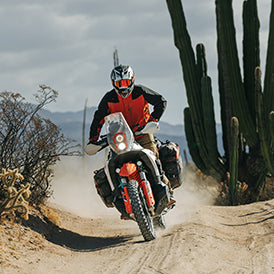

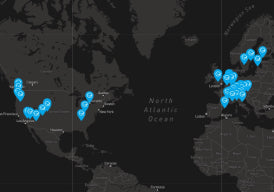



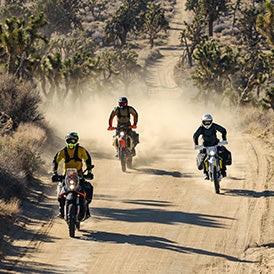



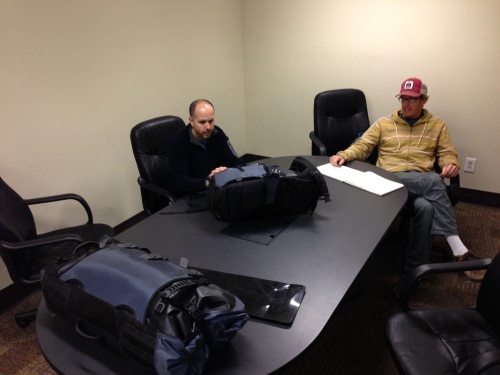

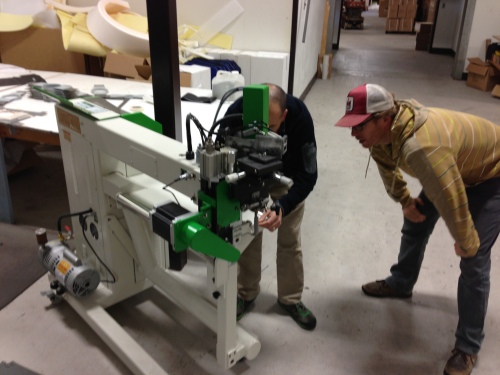

![IMG_3647[1]](https://moskoblog.files.wordpress.com/2013/11/img_36471.jpg?w=500&h=375)


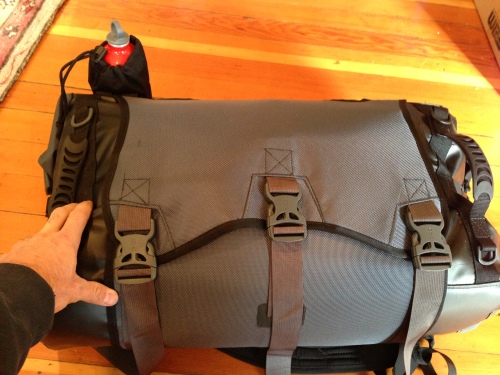
![IMG_3796[1]](https://moskoblog.files.wordpress.com/2013/11/img_37961.jpg?w=376&h=500)
![IMG_3766[1]](https://moskoblog.files.wordpress.com/2013/11/img_37661.jpg?w=500&h=376)